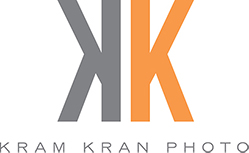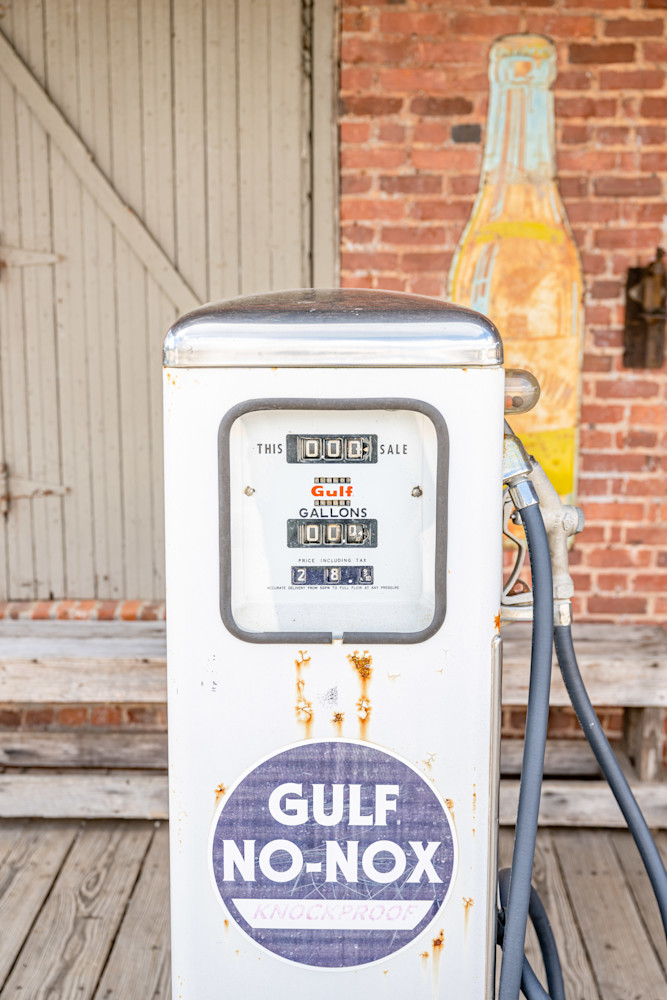Gulf No-Nox refers to a brand of gasoline that was historically produced by the Gulf Oil Company. Gulf No-Nox was a popular gasoline option in the mid-20th century, known for its high-octane rating and its use of lead additives, particularly tetraethyl lead, which was commonly used during that era to enhance fuel performance.
Here are some key points related to Gulf No-Nox:
1. **High-Octane Rating:** Gulf No-Nox was marketed as a high-octane gasoline, making it suitable for high-performance engines. The octane rating is a measure of a fuel's ability to resist knocking or pinging in an engine.
2. **Lead Additives:** Like many gasolines of its time, Gulf No-Nox contained lead additives, primarily tetraethyl lead. Lead was used as an octane booster to prevent engine knocking. However, leaded gasoline posed environmental and health hazards, leading to its eventual phase-out.
3. **Mid-20th Century Era:** Gulf No-Nox was prevalent during the mid-20th century when leaded gasoline was widely used. During this period, the automotive industry and gasoline manufacturers relied on lead additives to achieve higher octane ratings.
4. **Environmental Concerns:** The use of leaded gasoline contributed to environmental pollution and posed health risks. In the 1970s and 1980s, there was a significant push to phase out leaded gasoline in favor of unleaded alternatives to address these concerns.
5. **Phased Out:** Due to the recognized health and environmental risks associated with leaded gasoline, various countries began phasing out its use in the 1970s and 1980s. The United States, for example, banned the sale of leaded gasoline for use in on-road vehicles by 1996.
Today, leaded gasoline is largely obsolete, and the industry has transitioned to unleaded fuels for most vehicles. Gulf Oil, like other major oil companies, has adapted to the changing landscape and regulatory environment, offering a range of modern, environmentally friendly fuel options.














